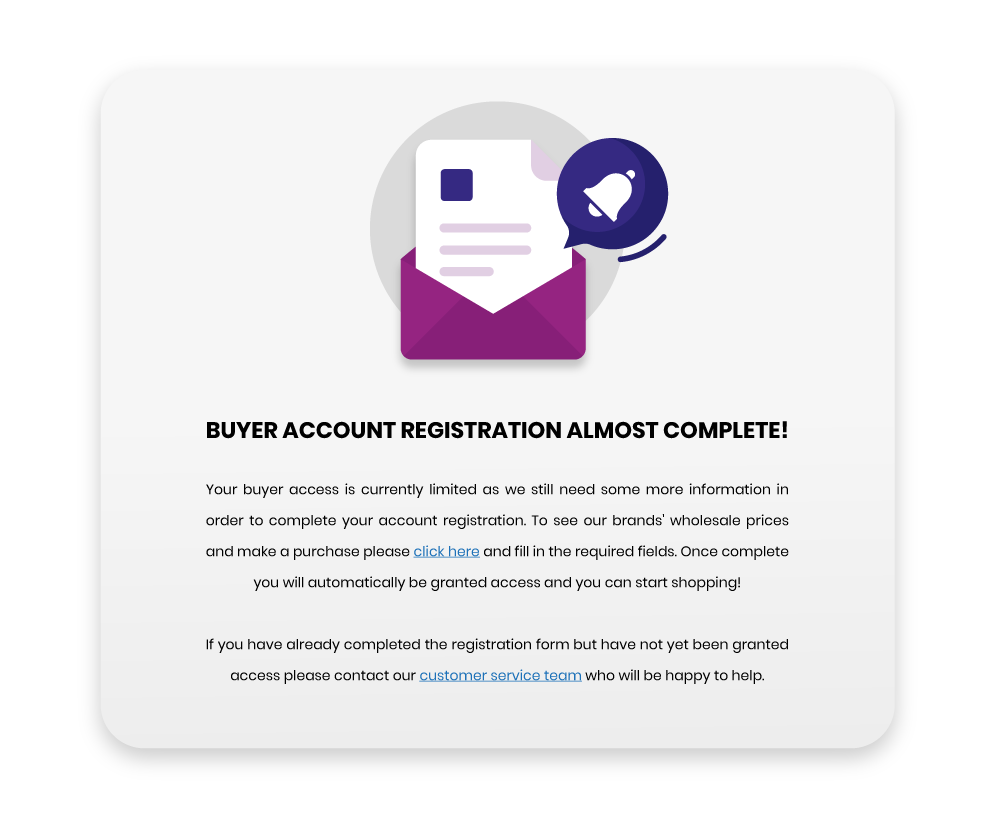Going Digital – Prepare Your Business for e-Commerce - part 1

Coronavirus has, without doubt, changed the way we connect with the world around us. As governments introduce social distancing measures, and the rising infection rate obliges friends and families to meet online instead of in person; so our previous trips to the high-street and shopping malls have been curtailed, and consumers are forced to go online for their retail needs. Experts predict that this increased reliance on e-commerce will continue even beyond the current crisis – with confidence in online purchasing increasing and buying online becoming an everyday reality. With this in mind, brands and retailers must consider how to expand their online presence. But if you're not already online, how can you start?
Brand Identity
The good news is that there are options for all businesses and all budgets. But before any other considerations, you will need to prepare your brand and products for the online world. Start by asking yourself two simple questions:
- What makes your brand unique?
- Who is your target audience?
By having a clear idea in mind of what you represent and who you want to reach you will be able to create an online brand personality that is true to your products. This personality should represent your brand at every point of the e-commerce experience, just as your window display represents your brand and attracts customers into your physical store
Social Media
If you haven't done so already it's time to build a social media following. Your ideal social media platform may change depending on your target audience (for example, Facebook tends to appeal to an older demographic, while younger users are more likely to use Instagram). For brands in the fashion industry it's highly recommended to use the more visual platforms – Instagram, Pinterest and Facebook are all good choices, while Twitter can help you build a conversation with your followers, or offer another customer service channel. There are a number of advertising options to help you reach your target audience on all of these sites, but you can also build an audience organically by following the right people, creating the right hashtags and, most importantly, creating engaging content. It's worth taking the time to invest in your social media presence – whether selling online or on the high-street it's a vital marketing tool for any business.
Product Photography
In order to prepare your products for e-commerce you need to present them in such a way that potential buyers feel like they can trust what they're ordering, and the best way to do this is with good quality product photography. Most wholesalers will be able to provide you with hi-res images of their products, but if you design your own brand products or work with wholesalers that don't offer this option, you'll need to create your own. The easiest option is to organise a professional shoot with an e-commerce photographer who will be able to present your product in its best light, but at a push you can create e-commerce photography with even a basic camera. Remember, it's the product that needs to draw your buyer's attention. Go for plain backgrounds (most brands choose white as it displays well on computer screens, although you may need to look at other options if the majority of your products are in pale colours). Lighting is important – try to go for natural light as it will give the truest representation of your product's colour and texture. Consider displaying a close crop of the product itself as your main image – while a stunning model and perfect styling may look great in a magazine or lookbook, when selling online you want your customer's attention to be drawn to your product alone. Finally, make sure you take photos from different angles - front, side, back and a close-up detail if possible. Many brands are finding success with product videos, but be aware that these can slow down websites so may not be the best option for those just starting out.
SEO Keywords
You also need to consider your product name and description – it's all about the keywords. Online shopping is powered by SEO, and without the correct keywords your products won't appear in searches. Rather than a non-descriptive (albeit attractive) product name such as “Maxi Dress Elba”, instead consider the most important product traits and include these in the title. If you were looking for a product like yours, what would you search for in Google? Perhaps “Blue Chiffon Maxi Dress” or “Long blue Sheer Dress” - once you work out which are your strongest keywords, use these in your product name. You can then use your product description to delve deeper – perhaps you can use keywords which relate to your target audience - “The perfect dress for a special occasion” or “Stunning maxi dress, perfect for the mother-of-the-bride”. Take the opportunity here to add as much information about your product as you can – buyers don't want surprises, and the more information you can include the less likely clients are to return your product.
Logistics & Returns
Speaking of returns – it pays to be prepared. While e-commerce is arguably a low-cost option when compared to running a high-street store, you still need to budget for the variety of costs involved – perhaps the most important of these being shipping & returns. Research shipping options ahead of time and work out how you plan to price these, both nationally and internationally if possible. There are a wide range of courier companies that can offer reduced rates based on higher volumes, but for those starting out it's often worth comparing these with local postage supplier costs as this may be a more budget-friendly option. If you can, try to provide free shipping options – unexpected shipping charges are the number one cause of basket abandonment in the e-commerce industry. If you are able to factor in shipping costs into the product price you are much more likely to convert the sale.
However, once your client receives your product it doesn't necessarily mean that they will keep it. Product returns make up 30% of all e-commerce sales, rising to up to 43% in the fashion sector. Distance selling regulations oblige online sellers to accept all returns within 14 days of purchase, for any reason, for a full refund (including shipping), so you WILL end up paying shipping for items that are later returned. This is a hidden cost which it is vital to consider when budgeting your store and pricing your products.
There are a few things that can help you avoid unnecessary returns, however. Providing a size chart and measuring guide on your product page can help reduce the number of purchases returned due to problems with the size. As mentioned before, provide as many product details as possible – fabric composition, washing instructions, perhaps details about the model's size and height in relation to the product size they're modelling – help your customers avoid any surprises. And lastly, although counter-intuitive, it's been proven that offering an extended returns window (up to 60 days in some cases) actually reduces the number of returns that online stores receive. Some customers may simply forget to return the product, while others – if given the time and space to try the product on more than once - may decide to keep a product that they weren't sure about at first.
So you have your social media accounts created and are publishing great content. You have stunning product photography and keyword heavy product titles and descriptions. You have budgeted and planned for the hidden costs of e-commerce. How do you start creating your online store? Read our upcoming blog to find out more...
Written by: Amber Domenech Patey















